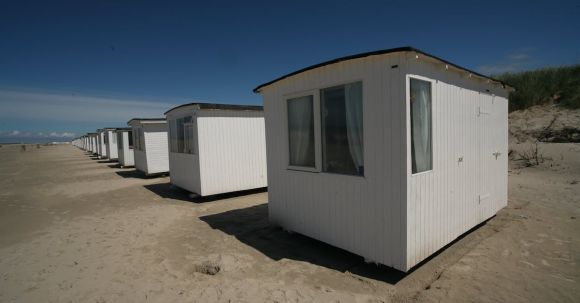Living in a small space doesn’t mean sacrificing sustainability. In fact, it can inspire us to be more resourceful and efficient with our resources. With a little creativity and smart planning, you can make the most out of your small space while minimizing your environmental impact. Here are some tips to help you achieve sustainable living in small spaces.
Utilize Vertical Space
When space is limited, it’s essential to think vertically. Optimize your wall space by installing shelves, hooks, and hanging organizers. This will allow you to store and display items without taking up valuable floor space. Vertical gardening is another great way to maximize your living area while adding some greenery to your home. Use hanging planters or wall-mounted planters to grow herbs, flowers, or even vegetables.
Invest in Multi-functional Furniture
In a small space, every piece of furniture should serve multiple purposes. Look for furniture that can double as storage, such as ottomans with hidden compartments or beds with built-in drawers. A foldable dining table can be easily tucked away when not in use, creating more floor space. By investing in multi-functional furniture, you can minimize clutter and make your small space more efficient.
Choose Energy-Efficient Appliances
When it comes to sustainable living, energy efficiency is key. Opt for energy-efficient appliances that have a smaller footprint and consume less electricity. Look for appliances with high energy star ratings, as they are designed to use less energy while still performing effectively. Additionally, consider using smart power strips to prevent energy wastage from idle electronics. These small changes can make a big difference in reducing your energy consumption.
Practice Minimalism
Living in a small space requires embracing minimalism. Keep only the essentials and get rid of items you no longer need or use. Adopting a minimalist lifestyle not only reduces clutter but also reduces the demand for new resources. When shopping, opt for quality over quantity and choose products that are durable and long-lasting. By simplifying your life, you can create a more sustainable and peaceful living environment.
Opt for Natural Lighting
Make the most of natural light in your small space. Keep windows unobstructed and use light-colored curtains or blinds to maximize the amount of sunlight coming in. Natural lighting not only saves energy but also creates a bright and airy atmosphere. If your space lacks natural light, consider using energy-efficient LED bulbs that mimic natural daylight. These bulbs consume less energy and have a longer lifespan compared to traditional incandescent bulbs.
Implement Waste Reduction Strategies
Reducing waste is an essential part of sustainable living. In a small space, recycling and composting become even more crucial. Set up designated bins for recyclables and compostables, making it easy to separate and dispose of waste properly. To minimize food waste, plan your meals, and buy only what you need. Consider using reusable products, such as cloth napkins, shopping bags, and refillable water bottles. These small changes can significantly reduce your ecological footprint.
Conclusion
Living in a small space doesn’t mean compromising on sustainability. By utilizing vertical space, investing in multi-functional furniture, choosing energy-efficient appliances, practicing minimalism, maximizing natural lighting, and implementing waste reduction strategies, you can create a sustainable living environment in even the smallest of spaces. Embrace the challenge of small space living and discover the endless possibilities for efficiency and mindful consumption.





